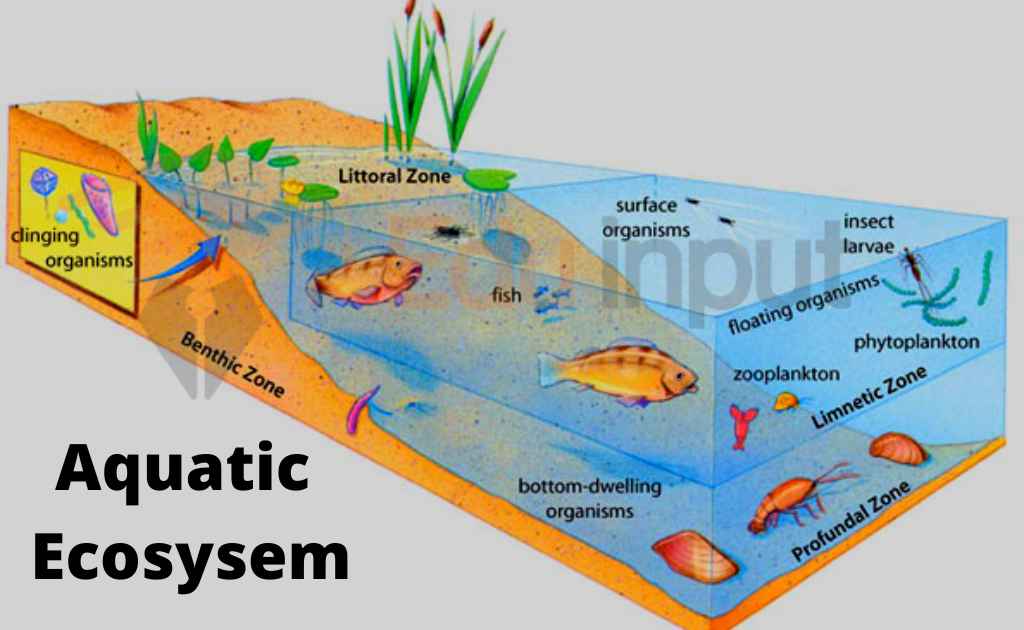Chaparral Biome-Characteristics, Types, Location, Climate, and Examples
Chaparral Biome Definition
The chaparral biome is a type of shrubland found in the coastal areas of southwestern North America. It is characterized by hot, dry summers and mild, rainy winters. The chaparral receives about 38–100 cm (15–39 in) of precipitation a year.
Also learn about: Taiga Biome, Desert Biome, Temperate Deciduous Forest Biome, Savanna Biome, Tundra Biome
Characteristics of Chaparral Biome
The chaparral biome is dominated by short, evergreen shrubs. These shrubs have thick, waxy leaves that help to reduce water loss. Some common chaparral shrubs include:
- Ceanothus (wild lilac)
- Chamise
- Scrub oak
- Toyon
- California buckwheat
The chaparral biome also has a variety of grasses, wildflowers, and cacti.
Types of Chaparral Biome
There are two main types of chaparral biome:
Coastal chaparral
This type of chaparral is found along the coast of California and Mexico. It is characterized by its mild winters and cool summers.
Inland chaparral
This type of chaparral is found in the interior mountains of California. It has hotter summers and colder winters than coastal chaparral.
Location of the Chaparral Biome
The chaparral biome is found in the following areas:
- Southwestern United States-California, Oregon, Arizona, and New Mexico
- Mexico-Baja California, Sonora, and Sinaloa
- Chile-Central and southern Chile
- South Africa-Cape Province
- Australia-Southwestern Australia
Climate of the Chaparral Biome
The chaparral biome has a Mediterranean climate, which is characterized by hot, dry summers and mild, rainy winters. The average temperature in the chaparral biome ranges from 15 to 25 degrees Celsius (59 to 77 degrees Fahrenheit).
Temperature of the Chaparral Biome
The average temperature in the chaparral biome ranges from 15 to 25 degrees Celsius (59 to 77 degrees Fahrenheit). The hottest months are July and August, when the temperature can reach 38 degrees Celsius (100 degrees Fahrenheit). The coldest months are December and January, when the temperature can drop to 0 degrees Celsius (32 degrees Fahrenheit).
Plants of the Chaparral Biome
The plants of the chaparral biome are adapted to the dry climate. They have thick, waxy leaves that help to reduce water loss. Some common chaparral plants include:
- Ceanothus (wild lilac)
- Chamise
- Scrub oak
- Toyon
- California buckwheat
The chaparral biome also has a variety of grasses, wildflowers, and cacti.
Animals of the Chaparral Biome
The animals of the chaparral biome are also adapted to the dry climate. Some common chaparral animals include:
- Coyote
- Jackrabbit
- Mule deer
- Alligator lizard
- Horned toad
- Praying mantis
- Honey bee
- Ladybug
Importance of Chaparral Biome
The chaparral biome is an important ecosystem. It provides habitat for a variety of plants and animals. It also helps to prevent soil erosion and flooding. The chaparral biome is also a source of firewood and medicinal plants.
Threats to Chaparral Biome
The chaparral biome is threatened by a number of factors, including:
- Development: The development of homes, roads, and businesses in the chaparral biome destroys habitat and increases the risk of wildfires.
- Fire: Wildfires are a natural part of the chaparral biome, but they can become more destructive when the vegetation is stressed by drought.
- Climate change: Climate change is causing the chaparral biome to become hotter and drier, which makes it more susceptible to wildfires.
Conservation of Chaparral Biome
The chaparral biome can be conserved by:
- Protecting existing habitat: This can be done by designating areas of the chaparral biome as parks or preserves.
- Reducing development: Development in the chaparral biome should be carefully planned to minimize the impact on the ecosystem.
- Managing wildfires: Wildfires can be managed by conducting controlled burns to remove dead and dying vegetation.
- Adapting to climate change: The chaparral biome will need to adapt to climate change by becoming more resilient to drought and heat.

 written by
written by 



Leave a Reply